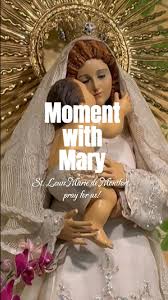The Cultural and Spiritual Impact of ‘Oh Mary’

Introduction
‘Oh Mary’ is a beloved hymn that transcends mere melody to touch the hearts of many across the globe. Its significance lies in its ability to evoke a sense of hope, comfort, and kinship among those who connect with its powerful lyrics. Understanding its impact on faith communities and cultural expressions is essential, particularly as contemporary society grapples with challenges and the search for spiritual meaning.
The Origins and Development of ‘Oh Mary’
Tracing back to its roots, ‘Oh Mary’ has been a staple in religious services and cultural gatherings since its inception in the early 20th century. It was composed as a tribute to the Virgin Mary, serving to inspire devotion and reverence. The hymn has been adapted in various languages and musical styles, making it accessible to diverse audiences worldwide. The heartfelt melodies and poignant lyrics resonate with believers, bridging generations and fostering community through shared worship experiences.
Current Relevance and Events
Recently, the global pandemic has underscored the powerful comfort that hymns like ‘Oh Mary’ provide. Virtual worship services and online musical gatherings have emerged, where ‘Oh Mary’ has become a symbol of unity among worshippers who remain physically apart. These adaptations have breathed new life into the hymn, ensuring its place in contemporary worship. Moreover, notable events, such as interfaith gatherings, have also featured ‘Oh Mary,’ highlighting its capacity to transcend religious boundaries and foster dialogue among different faiths.
Conclusion: The Future of ‘Oh Mary’
As society continues to evolve, the hymn ‘Oh Mary’ remains a beacon of hope and resilience. Its enduring popularity suggests that it will continue to be a vital part of religious and cultural discourse. With the appreciation of inclusive practices in worship and the increased use of digital platforms, ‘Oh Mary’ is likely to reach even wider audiences in the coming years. Its legacy will not only be that of a religious hymn but also as an emblem of collective human experience, reminding us of our shared struggles and hopes.
